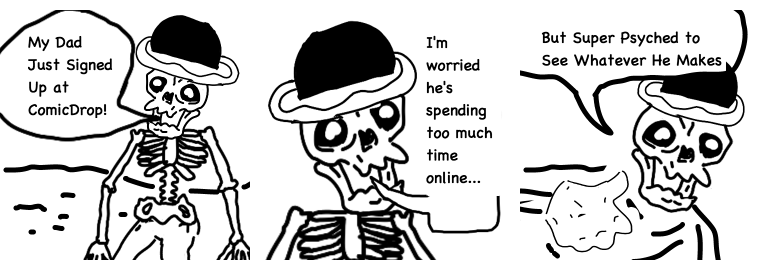Sonia Li
Interactive multichannel sound installation strongly rooted in humanity. An environment where one experiences oneself, heavily influenced by the user’s own psychology. User lays in darkness, experiences bodily vibrations and immersive sound field.
Description
User enters an enclosed space in complete darkness with vibrating bed to lay on, surrounded by four speakers, experiences waves of vibration through the body. A microphone attached to bed. When speaking into microphone, user’s voice triggers different whale sounds.
Sound: material in context of sculpture. In using techniques to sculpt and spatialize sound, it creates a sonic sound field, one feels “enveloped” & “immersed”.
Using scientific properties of whale, I'm making a direct & metaphoric correlation bt. the physical mass & strength, longevity & complexity of songs & the ocean, their natural habitat, to my deeper self & inner strength.
Since the user doesn't know me nor how I feel, one ultimately experiences oneself through me.

